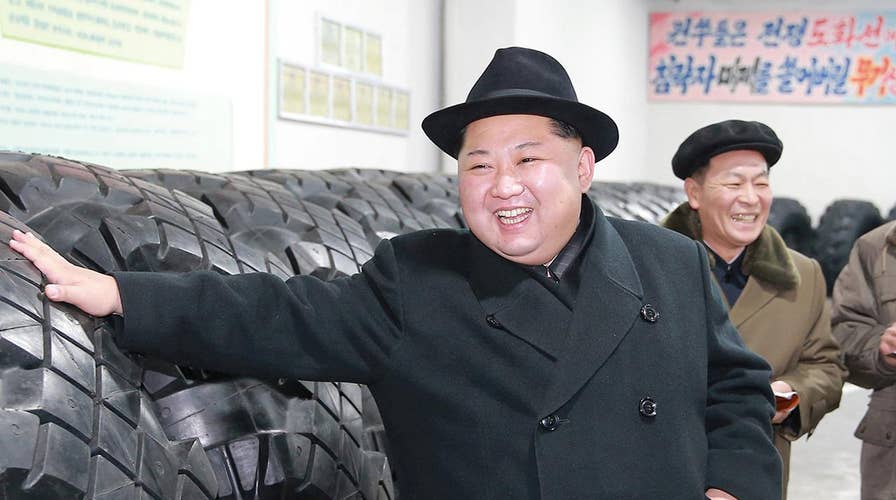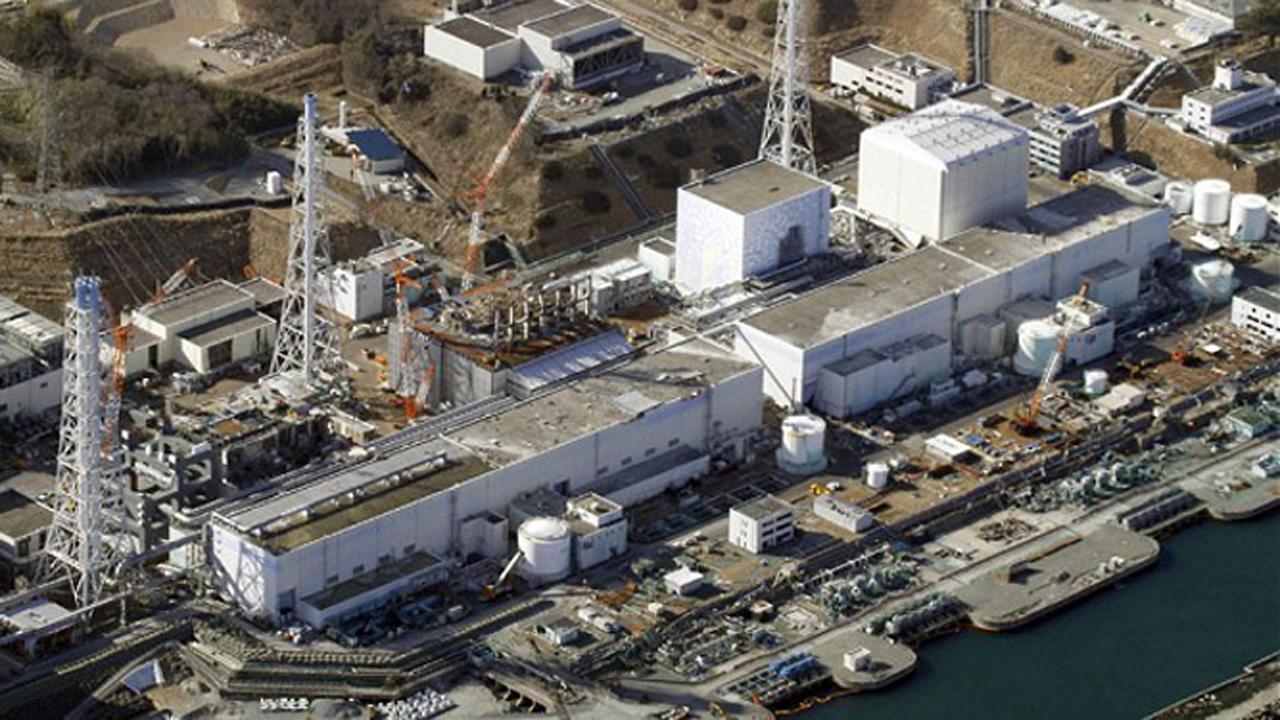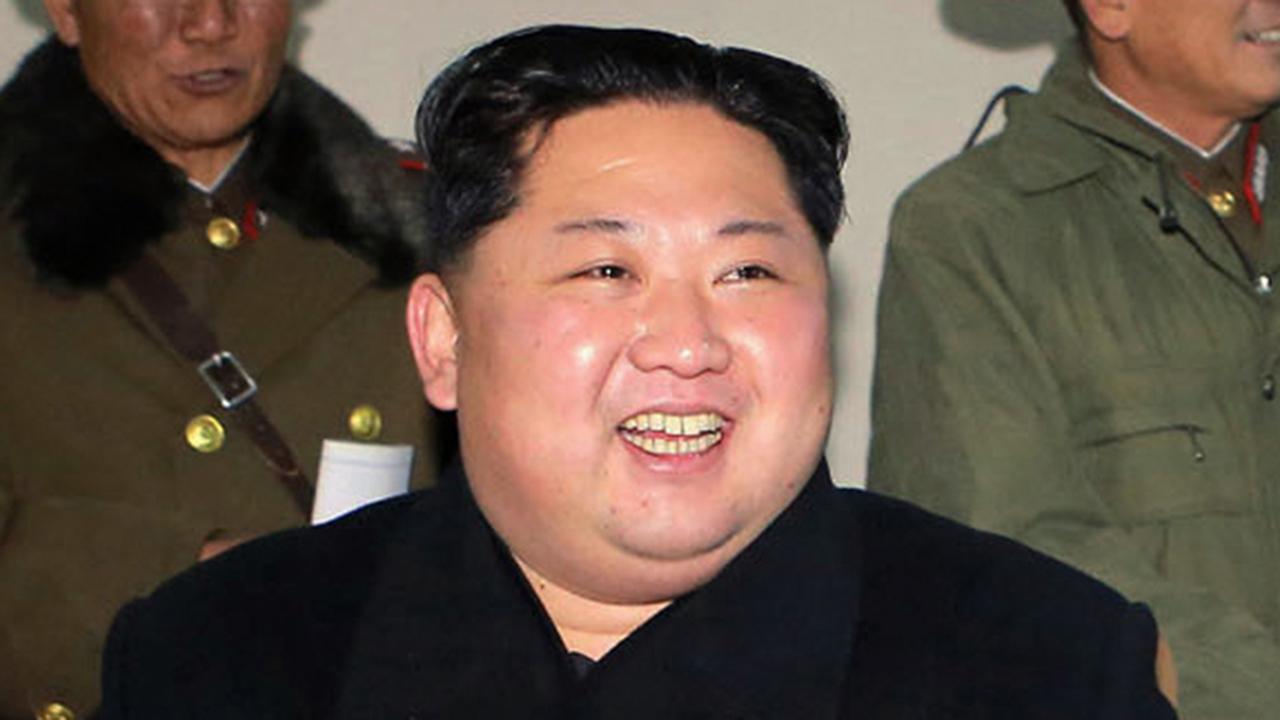North Korea celebrates launch of powerful missile
Greg Palkot shares details on the latest test for 'Special Report.'
North Koreans who defected but once lived near a nuclear testing site in the rogue nation now believe they are experiencing the dangerous effects of exposure to harmful radiation — and it's triggered severe health problems, according to a report published Sunday.
"So many people died we began calling it 'ghost disease,'" Lee Jeong Hwa, who in 2010 escaped her home in Kilju County where the nuclear testing site Punggye-ri is located, told NBC News. "We thought we were dying because we were poor and we ate badly. Now we know it was the radiation."
Lee isn’t the only defector who believes the radiation is taking its toll on people who lived there.
South Korean newspaper Chosun Ilbo reported in November that close to two dozen defectors said the area surrounding Punggye-ri is turning into a “wasteland” where vegetation is dying and babies are born with deformities.
The defectors said drinking water in the area came from Mount Mantap, where nuclear tests reportedly were conducted underground.
NORTH KOREA'S NUCLEAR TEST SITE CAUSING 'DEFORMED BABIES,' KILLING VEGETATION, DEFECTORS SAY
Rhee Yeong Sil told NBC News that before she defected in 2013, a neighbor of hers gave birth to a baby so deformed that nobody could determine its gender.
"It didn’t have any genitals," Rhee said. "In North Korea, deformed babies are usually killed. So the parents killed the baby."
Lee told NBC News that South Korea’s Ministry of Unification has tested her, along with other defectors, and has found no signs of contamination due to radiation from nuclear tests.
It’s “assumed” that cancer or other diseases found in North Korean defectors are due to nuclear testing, but it’s hard to confirm, the Korea Institute of Nuclear Safety told the network.
There is also concern that strong winds could blow lingering radiation to Japan across the Sea of Japan.
Less than a week ago, the regime launched what it called its “greatest” intercontinental ballistic missile which, according to South Korean officials, could have the capability to hit targets as far as 8,100 miles away — putting Washington, D.C., within reach.
NORTH KOREA SAYS US-SOUTH KOREA MILITARY DRILLS DRIVE THEM TO 'BRINK OF A NUCLEAR WAR'
The missile, launched on Nov. 28 around 1:30 p.m. ET, was the first the regime conducted since its Sept. 15 test when it fired an intermediate-range missile that flew over Japan’s Hokkaido Island.
October marked the first month the regime didn’t test a missile since January. Between February and September, North Korea launched a missile an average of every two weeks.



